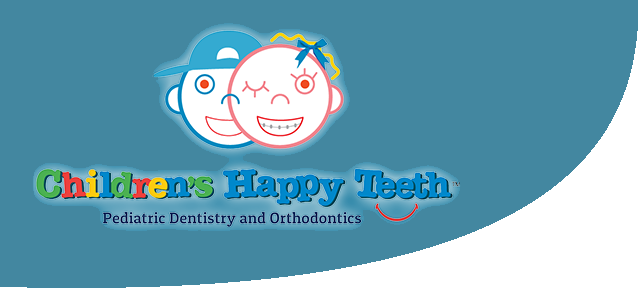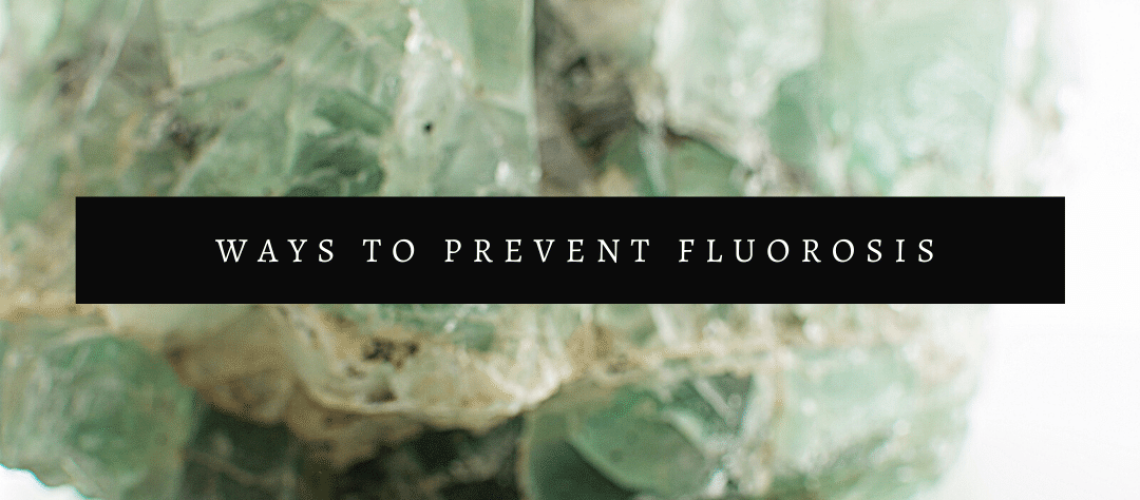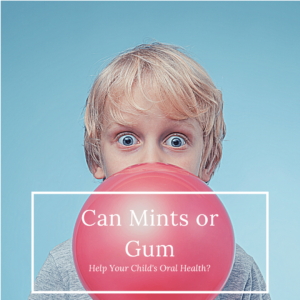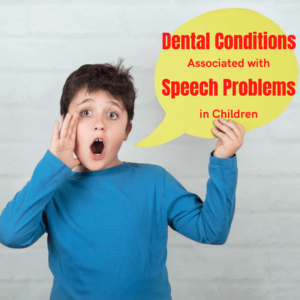Fluoride is a common ingredient in toothpastes, mouthwashes, and even drinking water in certain communities. This is because of its ability to strengthen the tooth enamel in order to prevent decay. While fluoride is mostly beneficial to your child’s teeth, it is possible for your child to have too much fluoride. When this happens, a condition known as fluorosis can occur.
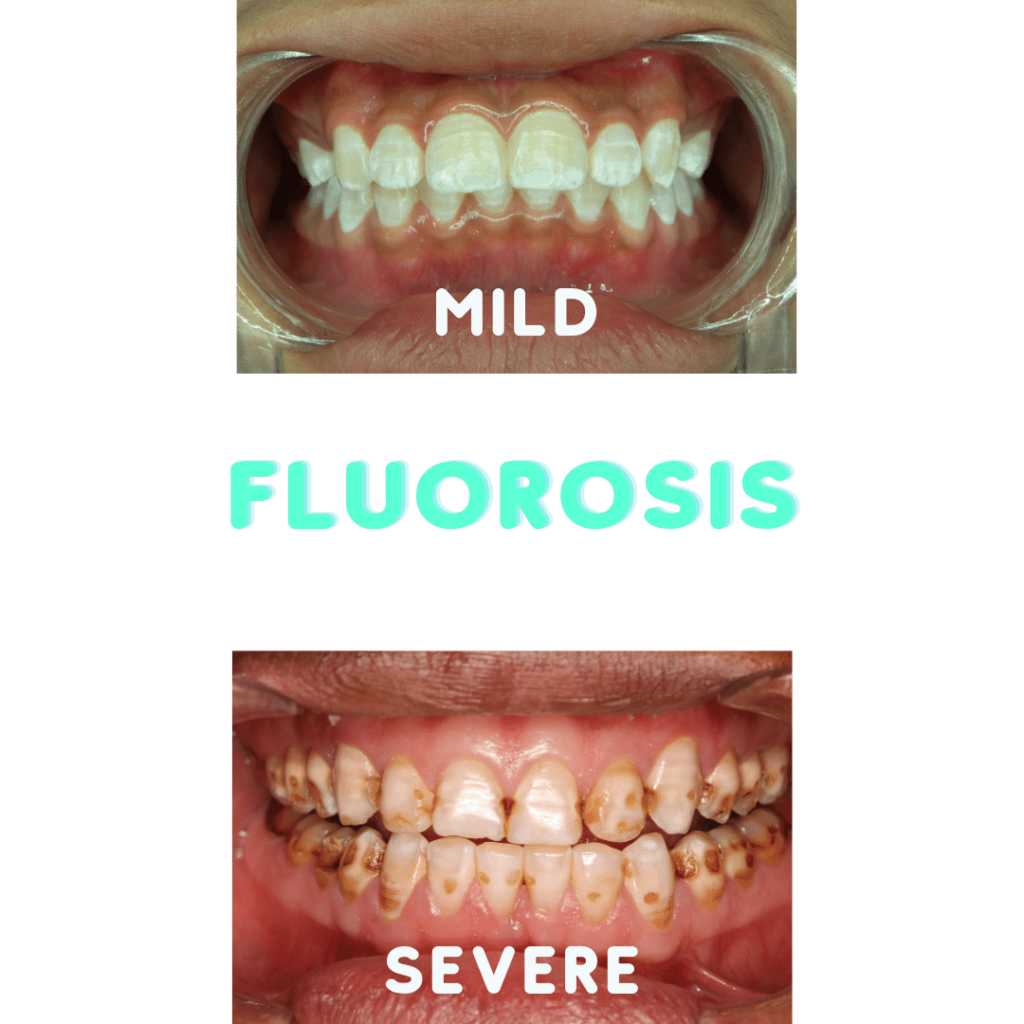
Fluorosis is not a disease and does not negatively affect the health or function of your child’s teeth. It can, however, affect the appearance of their teeth. When the teeth are exposed to excessive amounts of fluoride, faint white lines or streaks can appear on the teeth. It may also look like a lacey pattern. Most cases of fluorosis are mild and only affect the bottoms of the teeth. Some cases may be moderate, which is characterized by markings on the entire tooth. In rare instances, severe cases of fluorosis can occur and cause pitting or brown spots on the teeth.
However, it is important to note that fluorosis only occurs when the teeth are developing underneath the gums. Once the teeth have erupted, they can no longer be affected. Additionally fluorosis only affects children under the age of 8 because this is when the permanent teeth are developing under the gums.
To help you prevent your child from getting fluorosis, here are some things you can do:
Check Your Drinking Water
One of the first things you can do to prevent fluorosis is to check whether or not your drinking water is fluoridated and what the concentration of fluoride is. You can do this by visiting the CDC’s “My Water’s Fluoride” page, which has information on local sources of drinking water. If your water is fluoridated, then you know not to supplement additional fluoride. If fluoride is not used in your drinking water, then you should speak with your child’s doctor about fluoride supplement.
Breastfeed
When not harmful to the mother of child, the American Academy of Pediatrics recommends breastfeeding for the first year of life. Breastfeeding has a number of benefits for mother and child, one of which is that it decreases the amount of fluoride your child is exposed to. The alternative, infant formulas, can contain varying amounts of fluoride. The concentration of fluoride is then increased in powders or concentrates that must be mixed with drinking water. However, there are some infant formulas that have little to no fluoride that can be used in the case that breastfeeding is not an option. For example, most ready-to-eat formulas have little to no fluoride. You can consult with your child’s doctor to determine what formula to use.
Avoid Mouthwash
Many mouthwashes contain fluoride and are beneficial for older children and adults. However, children under the age of six should never use mouthwash unless directed by their dentist. This is because many children under the age of six generally end up swallowing more mouthwash than they spit out since their swallowing reflex is not fully developed. Swallowing mouthwash ultimately exposes their body to higher levels of fluoride.

Regulate Toothpaste
Just as young children can accidentally swallow mouthwash, they can accidentally (or purposefully) swallow toothpaste as well. In fact, some children want to swallow toothpaste when they like the flavor. Swallowing toothpaste has a similar effect to swallowing mouthwash in that it exposes them to higher levels of fluoride. For this reason, it is important to limit the amount of toothpaste your child is allowed to use and to carefully monitor them while brushing their teeth. You will also need to stress the importance of spitting out the toothpaste. Children under the age of 3 should only use a smear of toothpaste no bigger than a grain of rice, while children from the ages of 3-8 should only use a pea sized amount of toothpaste.
